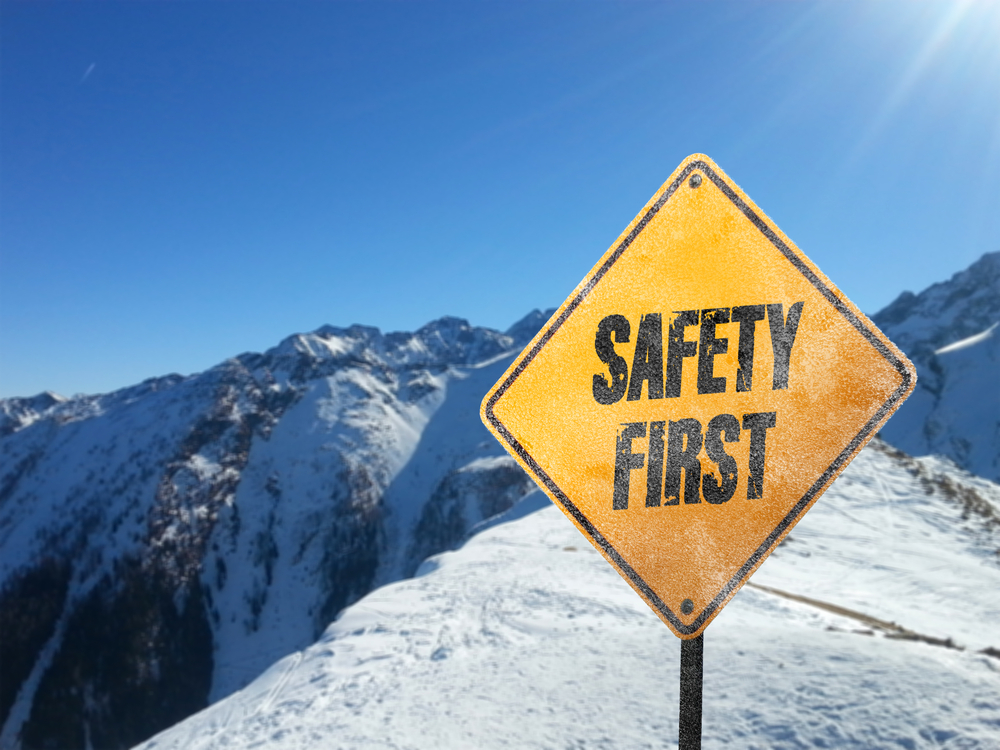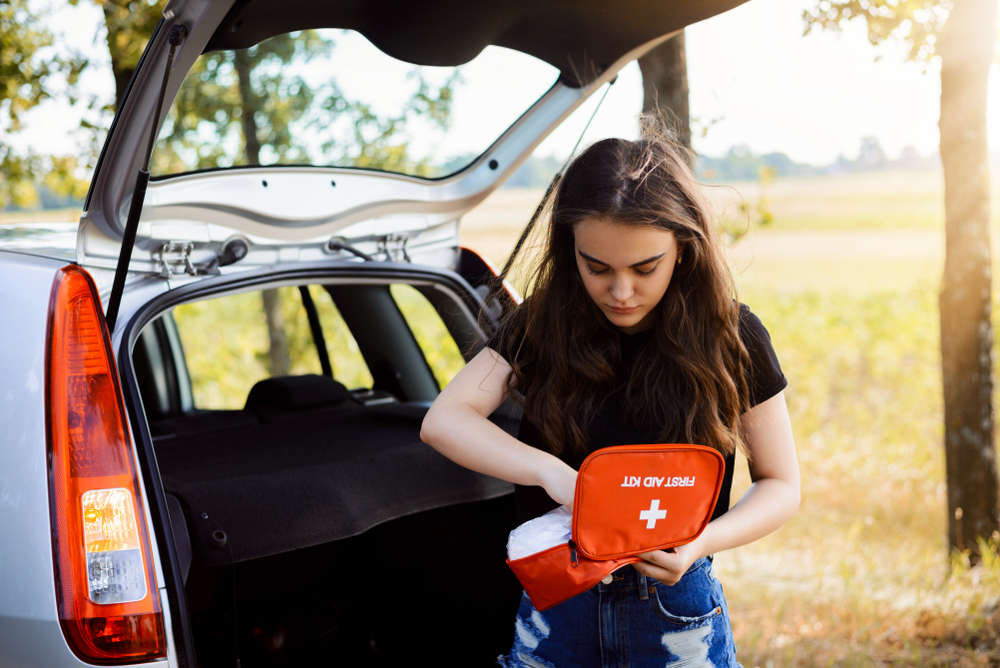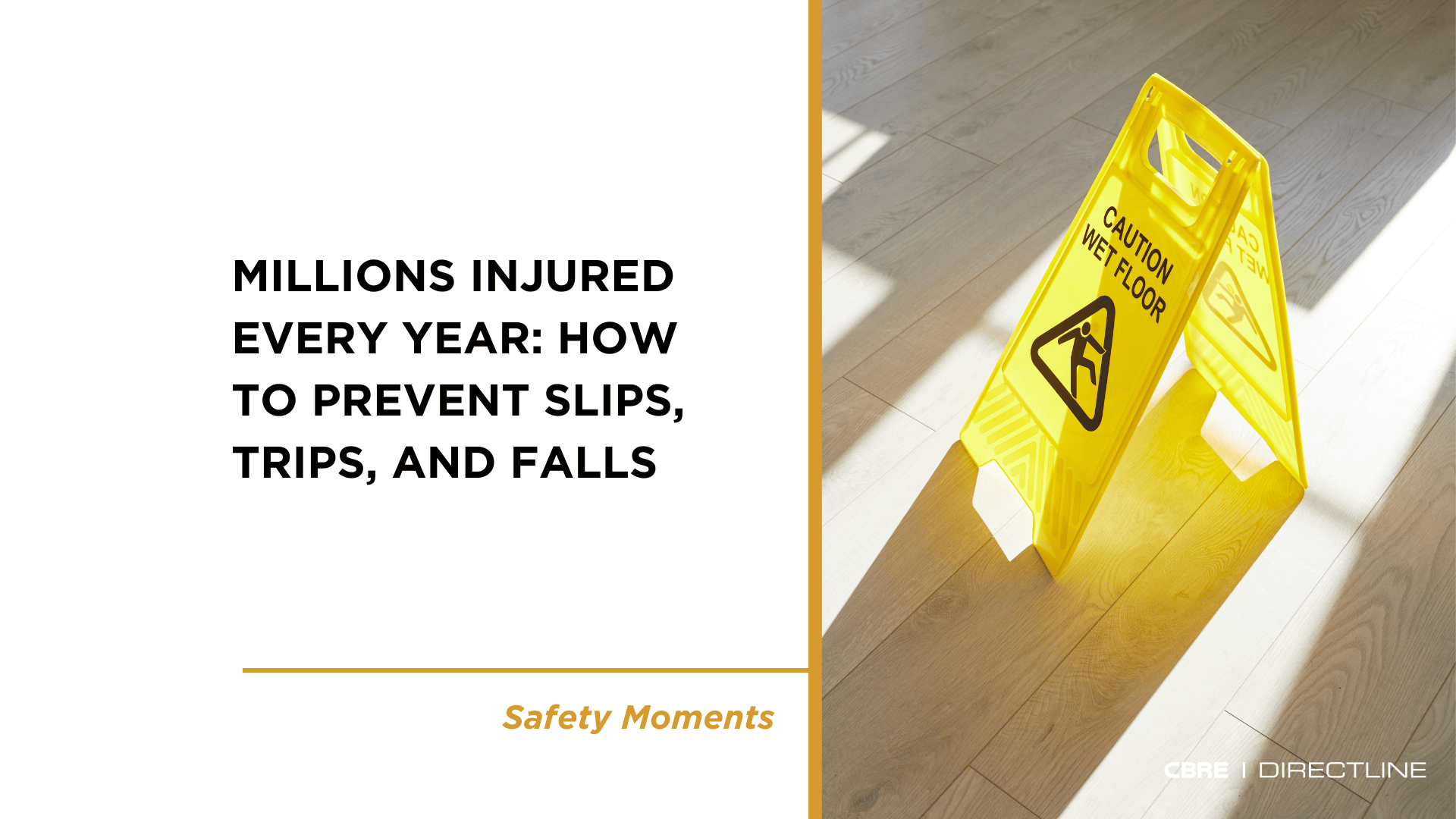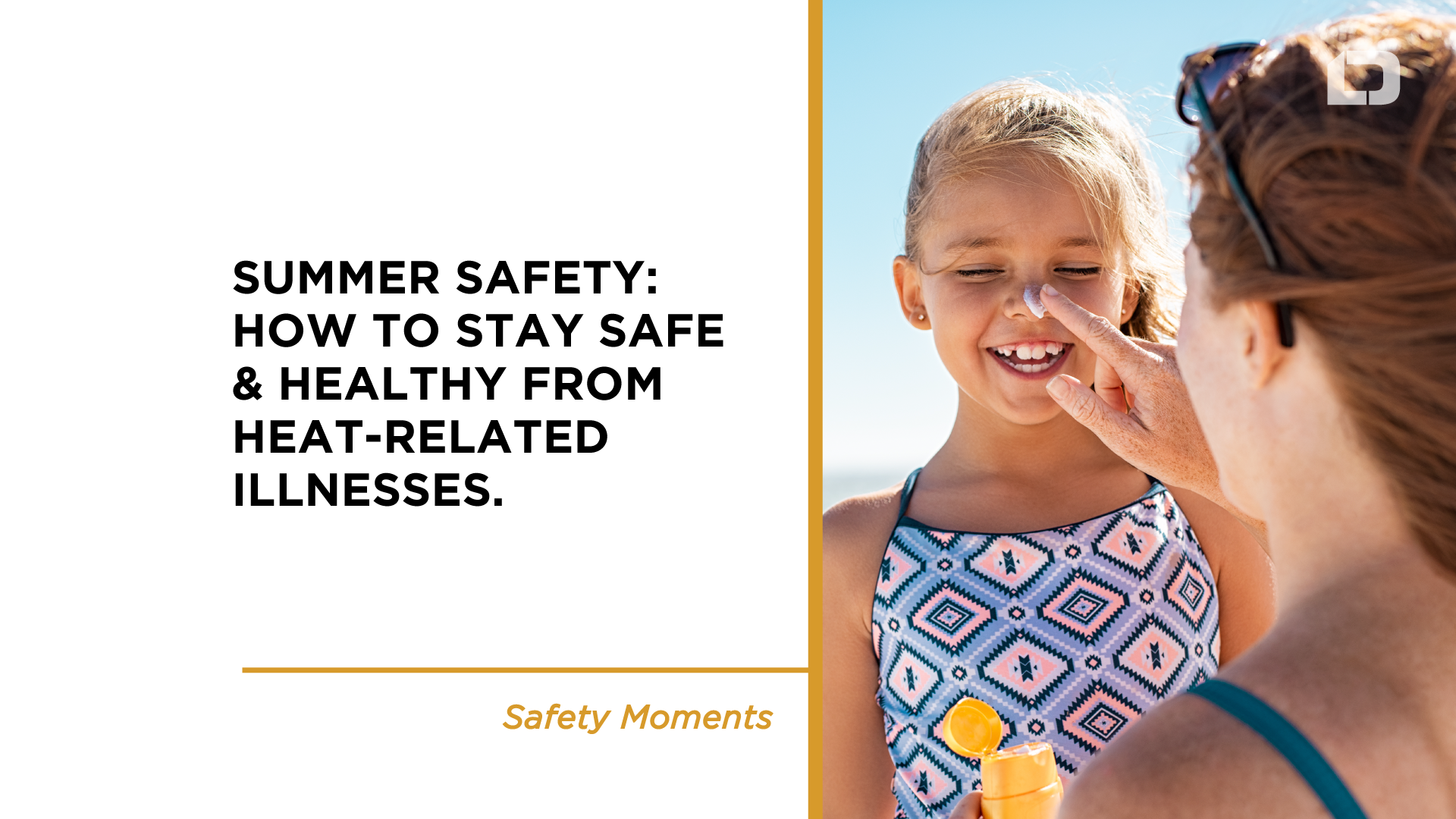Stay Safe at Work and at Home
Preventable injuries, commonly known as “accidents,” are the eighth leading cause of death globally for all age groups and the leading cause of death for children and young people 5–29 years of age.
Join us in observing National Safety Month as we work together to highlight leading causes of preventable injury and death so people can live their fullest lives.
Are You Ready for a Disaster?
Natural and man-made disasters can strike at any time. Having a planned response when you’re at work, on vacation, or on the road is important.
In 2021, 61,105 weather-related events resulted in 974 deaths and 1,667 injuries. According to Injury Facts, winter weather, heat, and floods resulted in the most deaths that year.
The National Safety Council offers safety tips specific to preparing for earthquakes, floods, hurricanes, and tornadoes, and how to minimize fire risks.
Federal agencies, like Ready.gov and the National Oceanic and Atmospheric Administration, also are valuable resources for emergency preparedness. When you face a natural or man-made emergency, try to stay informed through radio, TV, or the Internet.

In some cases, however, cable, electric, and cell phone service will be disabled, making communication nearly impossible. The National Safety Council recommends the following general precautions that apply to many disaster situations:
- Make sure at least one family member knows first aid and CPR.
- Download the FEMA app for resources, weather alerts, and safety tips.
- Have a family communication plan in place; all members of the family should review and practice the plan.
- Have all family members and other important phone numbers written down or memorized.
- Have an emergency kit in your car and at least three days of food and water at home.
- Be sure to store all important documents – birth certificates, insurance policies, etc. – in a fire-proof safe or safety deposit box.
- Know how to shut off utilities.

What to Keep at Home in an Emergency Supply Kit
Every home should have an emergency supply kit located in an accessible storage area. It’s best if you store the items in plastic containers that are easy to grab and carry. Kits should be checked every six months, and expired items should be replaced.
Emergency kits are meant to help you survive not only during an emergency but also during the aftermath. According to a study by the Centers for Disease Control and Prevention, after a tornado in Marion, Illinois, 50% of tornado-related injuries were suffered during rescue attempts, cleanup, and other post-tornado activities.
Home emergency supply kits should include:
- One gallon of water per person per day for at least three days.
- Three days-worth of nonperishable protein-packed foods you can cook without electricity, such as tuna, peanut butter, and granola bars, and don’t forget about food for your pets.
- Can opener.
- Hand-crank or battery-powered radio with extra batteries.
- Flashlight with extra batteries.
- First aid kit with gauze, tape, bandages, antibiotic ointment, aspirin, a blanket, non-latex gloves, scissors, hydrocortisone, thermometer, tweezers, and instant cold compress.
- Tool kit with basic tools, in case you need to shut off utilities.
- Hand sanitizer and garbage bags for sanitation.
- Plastic sheeting and duct tape in case of broken windows or a leaky roof.
- Whistle to signal for help so rescuers can locate you.
What Should You Keep in the Car?

- A properly inflated spare tire, wheel wrench, and tripod jack.
- Jumper cables.
- Tool kit and/or a multipurpose utility tool.
- Flashlight and extra batteries.
- Reflective triangles and brightly colored cloth to make your vehicle more visible.
- Compass.
- First aid kit with gauze, tape, bandages, antibiotic ointment, aspirin, a blanket, non-latex gloves, scissors, hydrocortisone, thermometer, tweezers, and instant cold compress.
- Nonperishable, high-energy foods, such as unsalted nuts, dried fruits, and hard candy.
- Drinking water.
- Reflective vest in case you need to walk to get help.
- Car charger for your cell phone.
- Fire extinguisher.
- Duct tape.
- Rain poncho.
- Snowbrush.
- Shovel.
- Windshield washer fluid.
- Warm clothing.
- Cat litter for traction.
- Blankets.
- It’s also a good idea to keep family and emergency phone numbers, including your auto insurance provider and a towing company, in your phone.
For more information visit these links:
Center for Disease Control: https://www.cdc.gov/prepyourhealth/index.htm
Prepare Your Family for Fire Emergencies Tip sheet: https://www.nsc.org/getmedia/9488e383-a9eb-45e8-a8e0-af3fe02445bf/tip-sheet-1-fire-escape-plan_nsm.pdf
Lights Out – Now What?: https://www.safetyandhealthmagazine.com/articles/22762-lights-out-now-what
Emergency Preparedness & Response: https://emergency.cdc.gov/index.asp
OSHA Emergency Preparedness & Response: https://www.osha.gov/emergency
Plan Ahead for Disasters: https://www.ready.gov
YOUR SAFETY & HEALTH MATTER, BOTH ON AND OFF THE JOB. YOU ARE AN IMPORTANT PART OF DIRECT LINE.
Follow us here
Related Articles
What Should You Keep in the Car?
Every vehicle should have an emergency supply kit in the trunk. Kits should be checked every six months, and expired items should be replaced regularly. Vehicle emergency supply kits should include:








